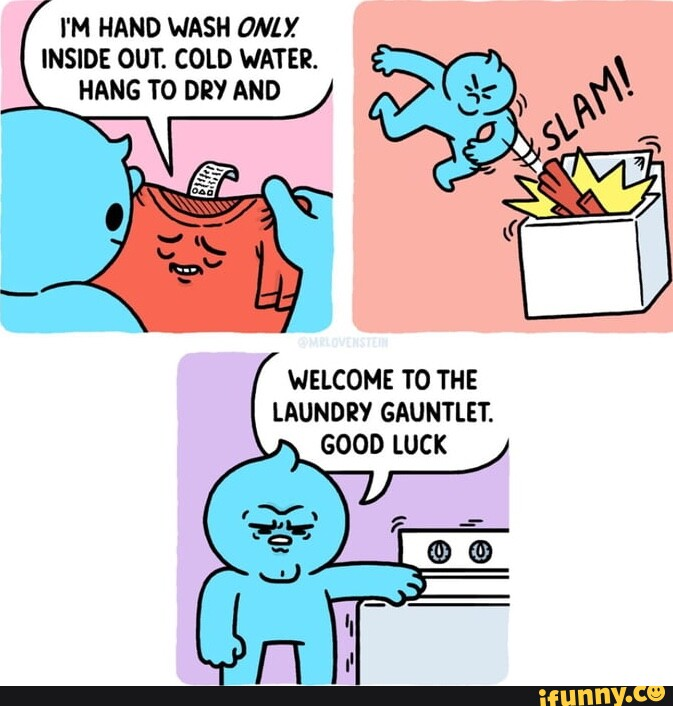

You’ve obviously gotten the base level answer, but to add some color here - certain types of food, such as dried pasta, rice, beans, grains, high proof alcohol, vinegars, and basically anything frozen to name a few, never spoil in the sense that they’re unsafe to eat.
Flavor, however, is an entirely different matter. Just ask anyone who has eaten freezer burnt food.
Pretty much any high proof alcohol will fall into this category. And, if it’s unopened, it should retain most of its flavor for a very long time. Once opened, however, it can deteriorate relatively quickly, depending on how it was stored.











i second the comment that you need to consider why you want to do this. You generally need a pretty good reason to split your codebase into multiple languages.
As far as actually doing it, you have a ton of different options, some of which have been mentioned here. Some i can think of off the top of my head:
basically every approach is going to require you to come up with some sort of API that the two work together through, though, an API in the generic sense is basically a shared contract two disconnected pieces of code use to communicate.